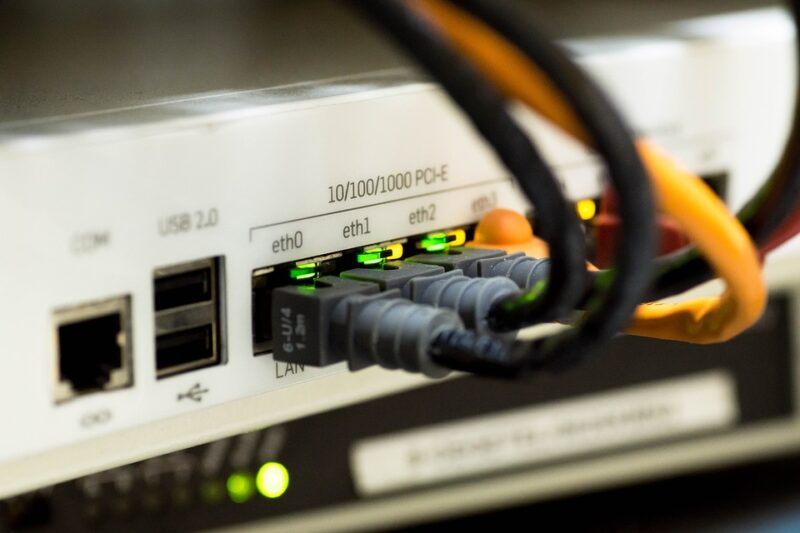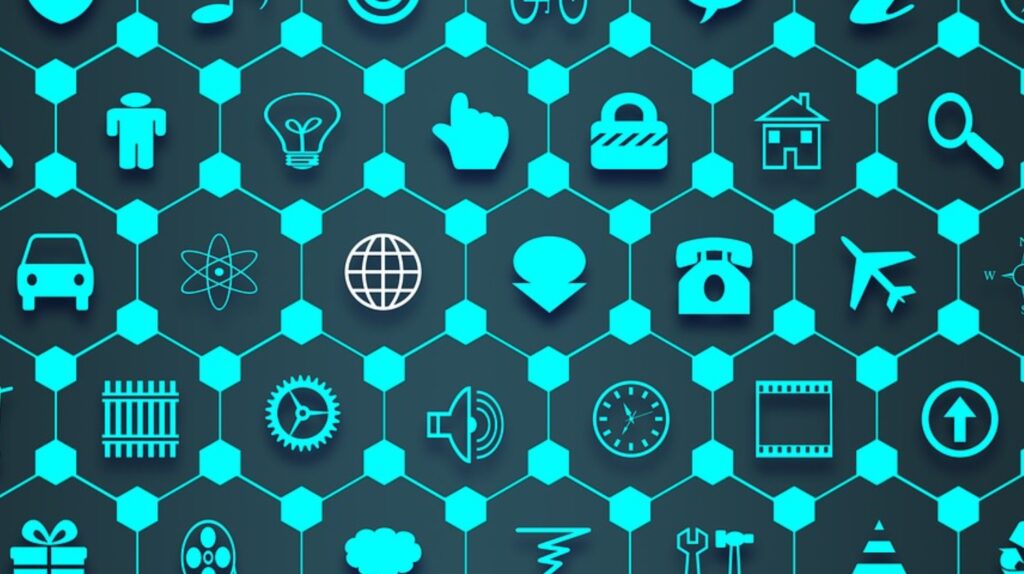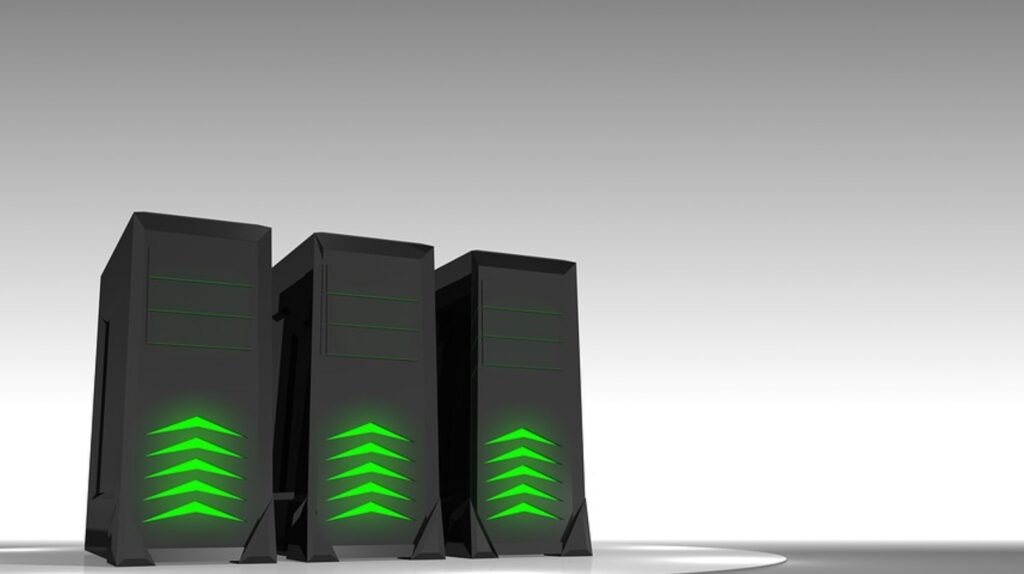The internet has become an essential part of our everyday lives.
Whether you are watching tutorial videos, attending online classes, working remotely, receiving and sending emails, playing online games, streaming music, or winding down after a long day with social media and Netflix, you use the internet. It is fair to say that it would be almost impossible to survive in today’s world without access to the web.
It is worth noting that the quality and speed of your internet connection is an important factor in carrying out your daily tasks effectively and efficiently without any problems.
Although a fast and reliable internet connection is not easy to come across in some areas, a few internet providers are dedicated to solving this problem and bridging the gap. Rango is one of such, and to find out more about this internet provider, check here.
Why Do You Need Fast Internet Speeds?

In actuality, the scope of what you can do online depends a lot on your internet speed. Speed also determines the number of devices that can connect at the same time.
Having a slow internet speed may lead to delays when streaming live videos, uploading or downloading files, live gaming, etc. Meanwhile, high speeds will keep you from worrying about time lags, buffering, or dropped connections.
With fast internet connections, you can:
● Stream live videos in 4K
● Download and upload files freely
● Have multiple users on the same network
● Play multiplayer video games online
● Have smooth online video and audio calls
● Easily host webinars and video conferences
● Effectively work from home
How to Perform a Speed Test?

Most people don’t realize how important it is to perform a speed test on a regular basis to ensure they are getting the best possible Internet connection. The most popular way to measure Internet speed is through an online speed test. However, there are other ways to measure your connection’s speed as well.
The easiest way to find out your Internet connection’s speed is to use an online speed test. There are many free and paid options available, and they all work basically the same way. Just enter your address and wait for the results. However, you should always perform a speed test on a regular basis because technology can change rapidly and your connection might not be as fast as you think it is.
In addition to using an online speed test, you can also use various tools to measure your connection’s speed.
For example, you can check your download and upload speeds by going to www.speedtest.net and clicking on the Test Now button. Or you can try Ping Test at www.pingtest.net which will tell you how long it takes for your computer to send a test packet from one side of the network (your computer) to the other side (a website).
However, the most reliable way to measure your Internet connection’s speed is to use a cable or DSL modem/router. DSL and cable providers usually offer a speed test that you can use to measure your connection’s speed.
Types of Internet Connections

Internet speeds depend predominantly on the type of connection you have. The common internet connection types are DSL (Digital Subscriber Line), cable internet, fiber optic internet, wireless or Wi-Fi, and satellite internet.
Digital Subscriber Line (DSL) uses the same wiring as landline telephone networks. It has a speed range between 128Kbps and 8 Mbps but is slowly becoming out-of-date.
Fiber Optic Internet is the fastest option but is not available everywhere. It has equal upload and download speeds of thousands of Mbps.
Cable Internet has average speeds of 50 – 100 Mbps. It uses the same coaxial cables that transmit pictures and audio signals to your television.
Satellite internet is among the most common types of internet, but it has relatively low speeds of 5 – 25 Mbps and 3 – 5 Mbps after the data cap. Satellite internet connection is available in rural areas or places with no access to landline internet services. But the signal has to travel miles back and forth from the earth to the satellite, delaying the connection. Also, extreme weather conditions can affect this connection type.
Wireless internet uses radio-frequency, rather than wires, for connection. Most wireless internet plans have speeds from 20 – 30 Mbps. With plans up to 500Mbps, provides high-speed wireless broadband with technology that uses a fiber-backed network while taking remarkably less time than the traditional fiber build-out.
Which Internet Connection Do You Need?

You need to decide which internet connection is okay for you. If it’s too fast, you could be overpaying for internet services. If it’s too slow, you would be limiting yourself. Consider your location as well to make sure your preferred internet connection is available where you live.
Additionally, keep track of your usage habits and the average number of connected devices, as they will help you make an informed decision.
If you only send emails, browse search engines and stream videos from one device, you would only need about 5 Mbps and that is available on any type of internet connection. The more activities engaged in and devices connected to your network, the more speed you would require. 100 – 500 Mbps is sufficient to stream in 4K on 5+ devices, download large files speedily, and run multiple smart devices.
For activities requiring rapid response time like video conferencing and online multiplayer gaming, plans with high upload speeds are better. Fiber internet connection is usually recommended because of its symmetrical upload and download speeds.
Best Wireless Providers in Your Area

When you’re looking for the best wireless service in your area, it’s important to consider not only the providers available, but also their speeds. The following are some of the fastest wireless providers in each state:
1. Verizon Wireless
2. T-Mobile
3. AT&T
4. Sprint
5. US Cellular
6. Boost Mobile
7. MetroPCS
8. Cricket Wireless
9. Virgin Mobile USA
Conclusion
As crucial as fast internet services are, they are not globally available. The ones that are easily accessible, like satellite and wireless internet connection, are not as speedy as we would like.
One of the benefits of living in a large city is that there are plenty of options for broadband internet service.
However, this also means that it can be difficult to find the fastest service available. To help you get the best possible connection, we’ve compiled a list of tips on how to find fast internet in your area. Keep these tips in mind when shopping for broadband and you’ll be sure to get the most out of your Internet experience.

